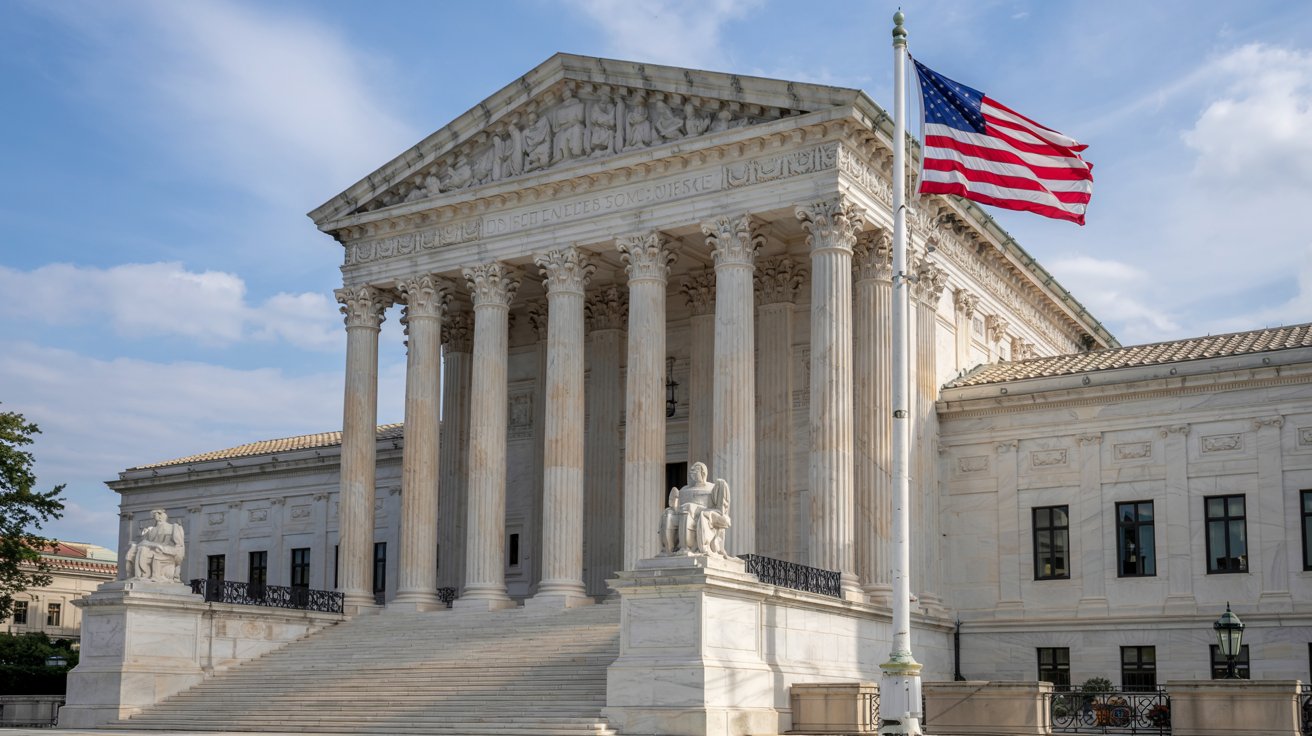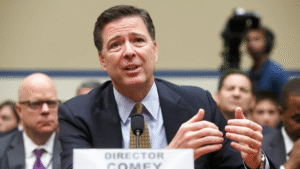The Supreme Court’s recent decision to uphold New York Times v. Sullivan reaffirms the strong legal protections for media organizations against defamation lawsuits by public figures. In declining to hear casino mogul Steve Wynn’s challenge, the Court solidified the precedent that defamation claims must prove “actual malice”—a critical safeguard for press freedom in the United States.
Understanding the Supreme Court’s Decision and Its Impact
What is New York Times v. Sullivan and Why is It Important?
The New York Times v. Sullivan case, decided in 1964, is a foundational ruling that protects journalists from being sued for defamation unless it is proven that they knowingly published false information or acted with reckless disregard for the truth. This high legal standard ensures that media outlets can report on public figures without excessive fear of litigation.
| Key Aspect | Explanation |
|---|---|
| Actual Malice | Public figures must prove the journalist knowingly published false information or showed reckless disregard for the truth. |
| Press Freedom | Ensures that journalists can investigate and report on matters of public interest without being easily sued. |
| Public Figures vs. Private Individuals | Public figures face a higher burden of proof in defamation cases compared to private citizens. |
This ruling plays a critical role in protecting investigative journalism, as it prevents powerful individuals from using defamation lawsuits to silence critical reporting.
Why Did the Supreme Court Decline to Hear Wynn’s Case?
Steve Wynn, a well-known casino mogul, sued the Associated Press (AP) over an article that included allegations of sexual misconduct. Wynn argued that the legal standard set by Sullivan made it too difficult for public figures to challenge defamatory statements. However, the Supreme Court declined to hear his case, meaning the protections under Sullivan remain intact.
By refusing to take up the case, the Court signaled its continued support for press freedom, ensuring that public figures must still meet the high “actual malice” standard when suing for defamation. This decision reassures media organizations that they can continue their investigative work without undue legal threats.
How This Decision Affects Journalism and Public Figures
Implications for Journalists and News Organizations
The ruling is a victory for journalists, as it safeguards their ability to report on controversial topics without facing a barrage of lawsuits. This is especially important in an era where investigative journalism uncovers corruption, misconduct, and other critical public issues.
| Benefit for Journalists | Explanation |
| Protects Investigative Reporting | Allows journalists to cover sensitive topics, such as political corruption or corporate misconduct, without excessive legal risks. |
| Prevents Frivolous Lawsuits | Ensures public figures cannot easily suppress negative press through lawsuits. |
| Encourages Transparency | Promotes open discussions and accountability in government, business, and society. |
Challenges for Public Figures Trying to Sue for Defamation
Public figures like politicians, celebrities, and business executives will continue to face a tough legal battle when filing defamation claims. They must provide clear evidence that the journalist acted with actual malice, which is difficult to prove.
However, some critics argue that the Sullivan standard makes it too difficult for individuals to protect their reputations. Former President Donald Trump and other conservatives have called for changes to defamation laws to make it easier for public figures to sue media outlets. Despite these calls, the Supreme Court’s decision indicates a reluctance to weaken press protections.
The Bigger Picture: Media Freedom and Democratic Accountability
This ruling is a testament to the importance of a free press in a democratic society. Without strong legal protections, investigative journalism could suffer, and powerful figures could suppress critical reporting through lawsuits.
How This Ruling Strengthens Democracy
[Supreme Court Ruling]
|
--------------------------------------------------
| | | |
[Protects Press] [Encourages Truth] [Prevents Abuse] [Promotes Accountability]
| | | |
- Supports free - Ensures - Stops public - Holds powerful
speech. accurate figures from figures responsible.
- Allows critical journalism. weaponizing - Enables voters to
reporting. - Discourages defamation make informed choices.
false news. lawsuits.Conclusion: A Win for Press Freedom and Public Awareness
The Supreme Court’s decision to uphold New York Times v. Sullivan is a critical affirmation of press freedom in the United States. By maintaining the “actual malice” standard, the ruling protects the media from lawsuits that could stifle investigative journalism. This ensures that the press remains a vital force in keeping the public informed and holding powerful individuals accountable.
As the landscape of journalism evolves, these legal protections remain essential for a thriving democracy. Readers, journalists, and media professionals can take comfort in knowing that the Supreme Court has once again reinforced the importance of free speech and the integrity of the press in America.





